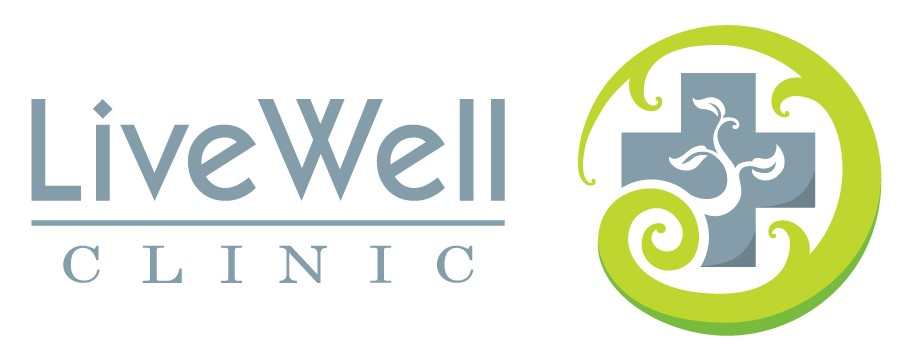A Stroke of Prevention
Stroke is the third leading killer following heart disease and cancer, in the United States. More than 137,000 people a year die from stroke, according to the American Stroke Association. You probably know of someone or cared for someone who has had a stroke. You must also know how debilitating a stroke can be. The good news: adults over 45 years old are suffering fewer strokes. The bad news: stroke and heart disease are now affecting younger and younger people.
A heart-stopping statistic from the CDC of stoke hospitalizations from 1994-2007, show a sharp rise in a very surprising age group: children and adults under 35 years old. Among males aged 15 to 34, the rate surged by nearly 51% and 17% in females. Shockingly, strokes soared 31% in boys aged 5 to 14 and 36% in girls of the same age. Who could even start to imagine a teenage child hospitalized from a stroke.
What increases stroke risk?
It’s not surprising that the stroke and heart disease trend follows the surge in rates of obesity, diabetes, and high blood pressure in these age groups. Add chronic stress into the mix, and you have the perfect stroke cocktail.
A recent study found that diet soda, as opposed to regular soda, increase stroke risk by 61%. Earlier studies have shown that those who drank more than one soft drink a day, whether regular or diet, were more likely than non-drinkers to have metabolic syndrome. Metabolic syndrome leads to more than one risk factor for diabetes and heart disease. It encompasses high blood pressure, elevated triglycerides, low levels of good cholesterol (HDL), high fasting blood sugar, and large waist size.
How can you reduce the risk of a stroke?
Stroke and heart disease is preventable! Most people know that eating a balanced, healthy diet and regular cardiovascular exercise greatly lowers your risk of stroke and heart disease. Maintaining a healthy body weight and managing your stress level will prevent diabetes, obesity, and high blood pressure, all of which decreases stroke risk. However, here are some other suggestions helpful in reducing risk as well:
1. Go fishing! (Or just eat fish).
Cardiovascular benefits from Omega-3 fatty acid intake range from lowering the lipids (triglyceride and cholesterol fats) in your blood. Research has also proven that fish oils decreased risk of blood clots, decreased progression of hardening of the arteries, and improved function of the blood vessel walls. Adding cold-water fatty fish such as salmon, sardines, tuna, mackerel, and halibut can provide Omega-3 in your body. The American Heart Association recommends 2 servings of fish per week.
2. Stop and smell the roses.
Hawthorne trees are a member of the rose family, have a long history as a heart tonic (improves heart function). Hawthorn is used regularly by holistic doctors to treat irregular heartbeat, high blood pressure, and chest pain by relaxing blood vessels and improving central blood flow to the heart. These benefits come from the proanthocyanidins in the plant, which are the same antioxidants found in grapes.
3. Magnesium
Magnesium, a critical mineral, is used in more than 300 bodily functions and can be obtained through foods such as dark leafy greens, oatmeal, and mixed nuts. Due to the poor Western diet, magnesium deficiency is pervasive. Magnesium can be used in the treatment of high blood pressure, angina, and arrhythmia. Magnesium has been shown to be most effective in males with heart disease.
Dr. Sonja Fung is a Naturopathic doctor at the Live Well Clinic. For your heart health consult, contact us at 760-771-5970. Live Well Clinic is located at 78-900 Avenue 47, Ste 102 in La Quinta or on the web at www.livewellclinic.org.
